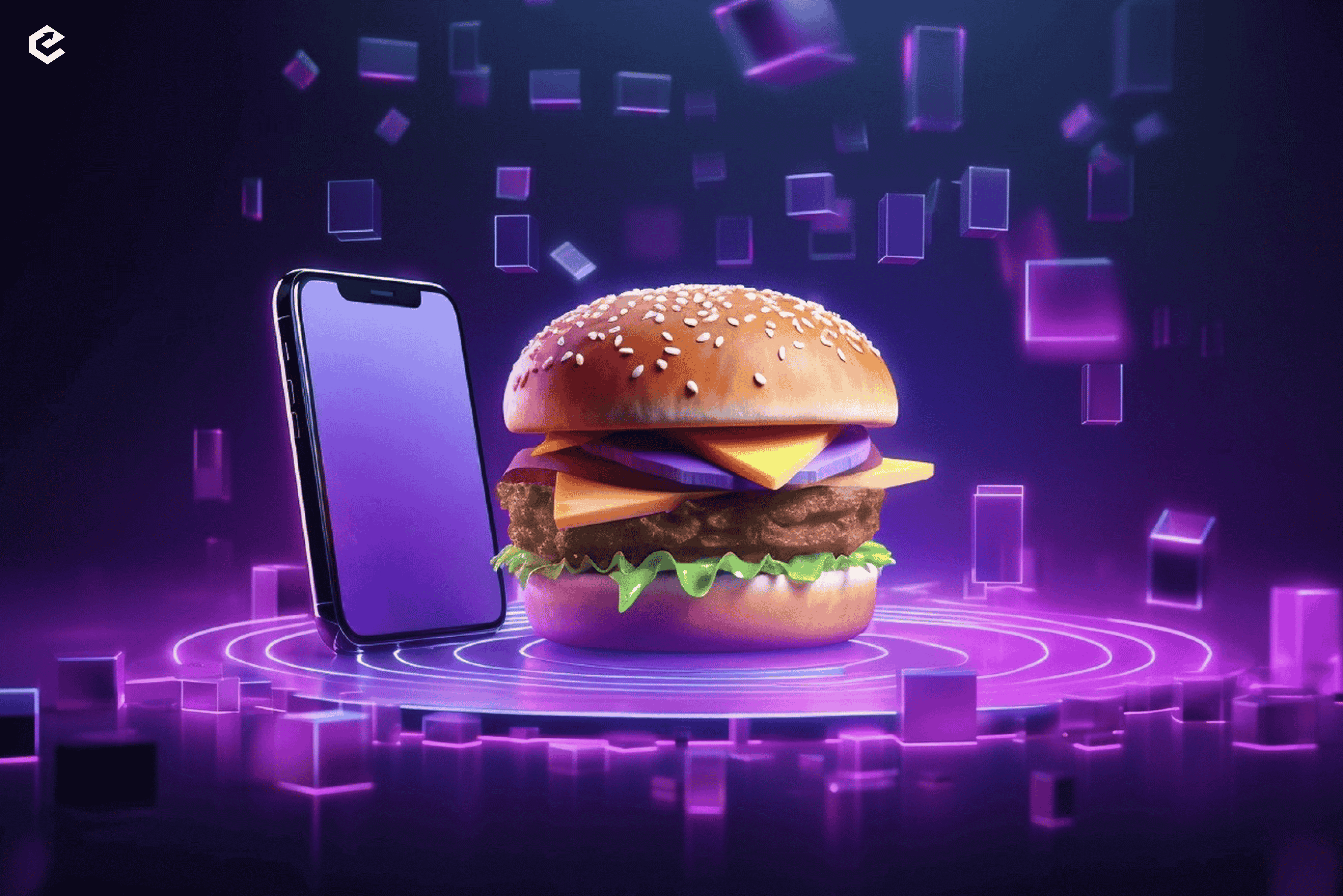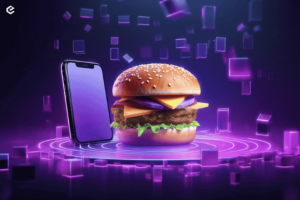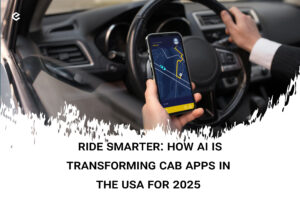AI in Restaurants: How Artificial Intelligence Is
Revolutionizing the Food Service Industry
Introduction: The Digital Transformation of Dining
Restaurants around the world are embracing a dramatic shift. The adoption of artificial intelligence AI) is not just a technological upgrade—itʼs fundamentally altering every stage of the dine-in and delivery experience. In 2025, AI-powered solutions are delivering speed, efficiency, personalization, and new business models that set forward-thinking establishments apart in an intensely competitive market. From automating routine kitchen tasks to hyper personalizing marketing, restaurants that integrate AI are redefining what it means to serve food and delight guests.
Smart Automation in Kitchen Operations
One of the most profound impacts of AI in restaurants happens behind the scenes, in the kitchen. Intelligent scheduling tools analyze foot traffic, weather, and historical sales data to predict demand and optimize staff rosters. Smart inventory management platforms powered by AI track ingredient levels in real time, automatically predicting shortages and placing orders with suppliers before items run out. AI-powered “ghost kitchens”—facilities that exist solely for preparing food for delivery—leverage advanced robotics and machine vision to streamline everything from chopping vegetables to perfectly timing the fryers.
Robotic chefs, equipped with deep learning vision and tactile sensors, now assemble pizzas, flip burgers, or cook pasta independently, maintaining consistency, minimizing waste, and allowing human cooks to focus on creative or complex dishes. These systems constantly learn and improve based on feedback and new recipes, resulting in lower operating costs and reduced food spoilage.
Elevating Guest Experience with AIPowered Personalization
AI has opened new possibilities for understanding and responding to diner preferences. When customers use an app or loyalty program, machine learning algorithms analyze order history, time of visits, dietary restrictions, and even weather patterns to recommend menu items, create meal bundles, and send targeted offers. Some restaurants deploy AI chatbots on websites and mobile apps to guide reservations, answer frequently asked questions, or help first-time visitors navigate the menu.
Table ordering systems equipped with computer vision can assess table occupancy, automatically detect when diners are ready for refills, or suggest the next course at the perfect moment. Voice AI assistants allow hands-free ordering, which boosts accessibility and enables frictionless drive-through and delivery services.

Advanced Analytics and Dynamic Menu Optimization
Data is the new secret sauce. Restaurants now leverage AI to parse through massive volumes of sales data, social media trends, reviews, and even supply chain updates. Predictive analytics identify which dishes are rising or falling in popularity, permit real-time price adjustments, and help restaurants experiment with limited-time offerings or local favorites.
AI can adjust offerings dynamically: if tomatoes suddenly cost more, the app might feature avocado-based items, or if a certain dish trends on TikTok, itʼs promoted instantly to the menuʼs top spot. Managers receive AI-driven alerts about performance: which servers get more tips, which tables sit unserved, and even which photos of dishes generate higher engagement.
AI for Contactless Service and Health-Safety
The COVID19 pandemic accelerated the need for touchless service, and AI has met the call. Vision-based occupancy monitoring tracks room density to ensure health regulations, while thermal cameras at entrances screen for elevated temperatures. Contactless ordering stations, voice-enabled kiosks, and smart assistants reduce the need for shared menus or payment terminals.
Cleaning robots, guided by AI, roam the dining floor to sanitize surfaces as soon as they detect guests have left, or automatically spot-spill clean—reassuring diners about hygiene and freeing human staff for front-line hospitality.
Optimizing Delivery and Customer Loyalty
Delivery has become a core business line for restaurants, and AI is at the center of optimizing every leg of the journey. Intelligent routing algorithms find the fastest, most efficient delivery paths, balancing customer wait time with driver workload and fuel costs. Dynamic pricing models adjust delivery fees in response to demand surges or weather disruptions, boosting profitability.
AI also powers real-time order status updates, smart upsell offers (“Add a dessert? Your favorite is back!”), and even predicts when youʼre likely to reorder—prompting promotions at the perfect time to nudge loyalty and increase ticket size.

AIDriven Marketing and Reputation Management
Restaurants must often manage hundreds or thousands of online reviews across platforms. AI tools analyze comments and images, distill sentiment, extract actionable feedback, and recommend tailored responses—freeing managers from manual monitoring while ensuring every review (positive or critical) receives timely, suitable attention. Smart automation also A/B tests marketing campaigns, adjusting emails and push notifications based on what resonates with each guest segment.
Hyper-local social listening, powered by AI, can spot food trends or negative buzz, enabling an immediate pivot in offerings or outreach.
Conclusion: The AIPowered Restaurant—Driving Growth and Delight
AI is redefining the restaurant industry in 2025 by streamlining operations, delivering unmatched personalization, and empowering businesses to react to ever-changing market realities. Whether itʼs in the kitchen, at the counter, or on the customerʼs phone, artificial intelligence promises higher efficiency, smarter decisions, and deeper guest satisfaction. For restaurant owners and operators, the time to embrace AI isnʼt in the future but right now—transforming not only how they serve food, but how they create loyal, lifelong fans.






